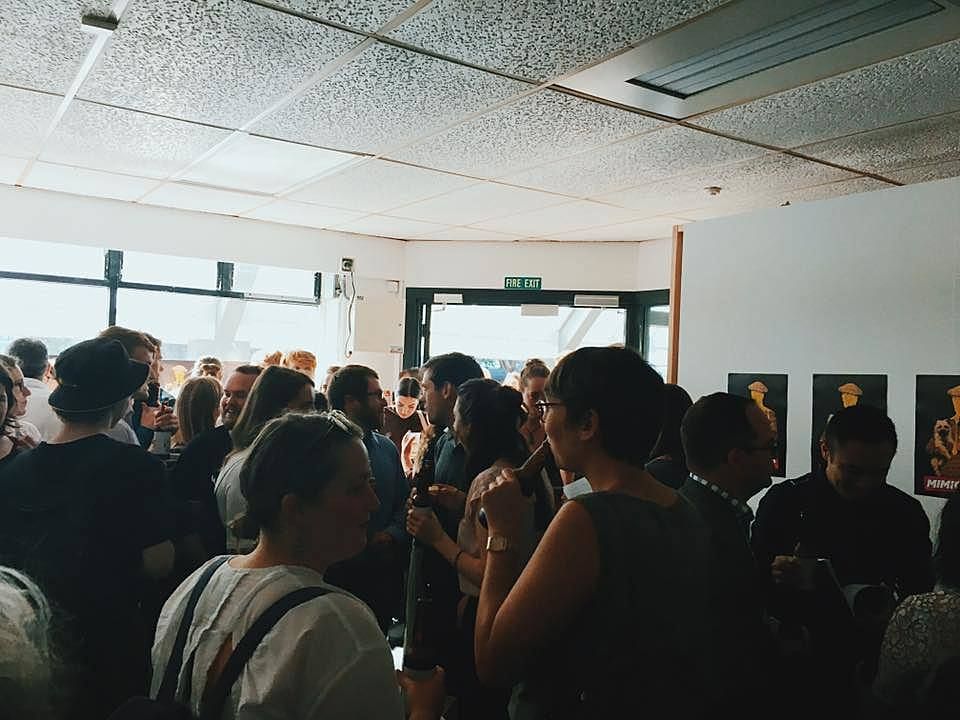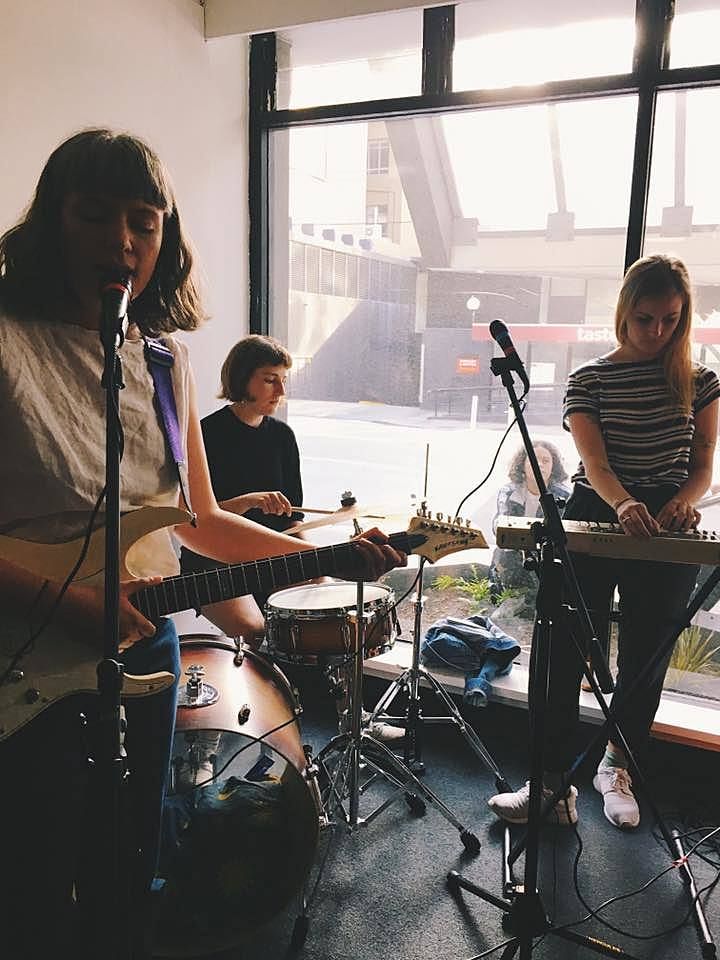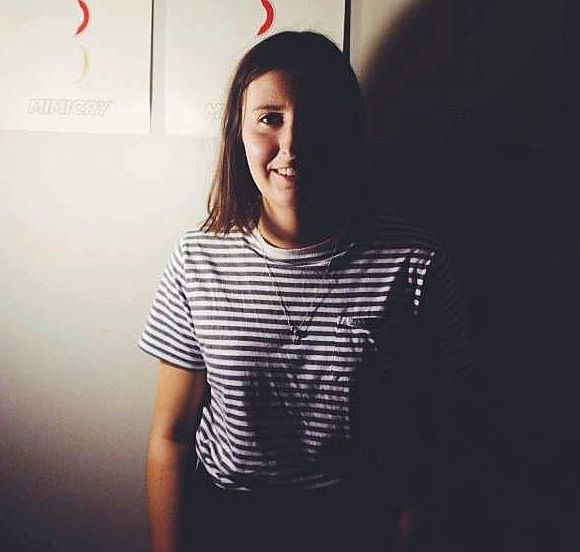Mimicry, Nepotism and Jeff Probst: A call for the evolution of New Zealand literature
Holly Hunter, publisher of the journal Mimicry, argues that only through evolution can New Zealand literature survive.
Holly Hunter, publisher of the journal Mimicry, argues that only through evolution can New Zealand literature survive.
In evolutionary biology, mimicry is a way of adapting in order to survive. An organism will take on characteristics of another – usually a different species – to deceive a predator into letting them be. And so, survival of the fittest; evolution.
In July last year I published issue one of Mimicry, an arts and literature journal which showcases fiction, nonfiction, poetry, art, design, comedy, music, photography – anything, really.
It began as a zine-style collection of creative work by my friends. I prefaced the issue with a disclaimer titled ‘Nepotism’, a playful jab on the incestuous nature of most New Zealand journals. We sold out of the first print run on the night of the launch, and we soon sold out of a second run. In October I asked poets Hera Lindsay Bird and Bill Manhire if they would feature in a call for submissions video, and so this:
In response we received almost a hundred submissions, mostly poetry, and I solicited a few specific pieces on the side. This became issue two, which launched last Thursday at MEANWHILE gallery on Victoria Street, Wellington, to a crowd of about a hundred people. We exhibited art by Rachel Brandon and Elyjana Roach; heard readings by poets Chris Tse and Claudia Jardine, and actor Sam Irwin; and witnessed a debut performance by a new local band called namesake. It was the youngest crowd I’ve ever seen at a book launch.
Mimicry is speaking to and for the next generation of New Zealand artists and readers in an effort to help local literature evolve. For the journal, ‘New Zealand’ only means a limit on who can submit and where it will be distributed, and has little implication for the tone or content. Getting past the stigma of what makes for ‘New Zealand art’ is, I think, one necessary step towards better engaging with issues and themes that matter to young people and reflect our globalised environment.
Getting past the stigma of what makes for ‘New Zealand art’ is, I think, one necessary step towards better engaging with issues and themes that matter to young people and reflect our globalised environment.
Recently at Victoria University Press, which is where I work, we talked about the ‘end of New Zealand literature’ (in the sense of inward-looking, nation-building writing) and when exactly that had been. Nobody debated that it had happened, only when it had happened. I appreciate that most people throughout history have probably needlessly felt their moment was apocalyptic – the idea that it’s now or never, that everything is on the brink of change. But what if it is? The people who remember when New Zealand literature was popular and vital won’t always be around to write, read and keep the industry afloat. So what’s stopping local writing from being popular and accessible? Why does it seem to alienate people who admire other art forms?
You don’t have to be a reader to read; you don’t have to be a writer to write. You aren’t something before you do it. You don’t have to like poetry to give it a go. A friend of mine used to think poetry was bleak, inaccessibly high-brow and pretentious. After hearing poems read aloud (incidentally, at the launch of Mimicry 1), he’s now developing an interactive poetry app. This is literary evolution. You can love books at the same time as you love Resident Evil, Chesdale Cheese or Survivor. And write about it, for god’s sake. Give me a Jeff Probst fanfic any day.
There’s a deceptiveness to biological mimicry. During the 1850s naturalist Henry Walter Bates studied hundreds of species of butterfly in the Amazon Rainforest. He began to note inconsistences between wing patterns and colourations within the same species. Through his observations he reasoned that species of butterfly were disguising themselves as different butterflies so as to essentially dupe predators and ensure their survival.
There’s a deceptiveness to Mimicry, and I’ll own up to it – we don’t need Mr Bates to discover this one. The journal incorporates art from across forms, mimicking their usual spaces – exhibitions, galleries, zines, the stage – in the traditional format of a hardcopy publication. Like a scrapbook, Mimicry incorporates and encourages offbeat pieces like comedic rhyme, political rants, experimental art, doodles and other outlets of self-expression. We need to be comfortable with mixed metaphors and earnest, overwritten sentences if we want to democratise literature. With broad and diverse participation comes variation, and that’s a literary scene I want to see.
We need to be comfortable with mixed metaphors and earnest, overwritten sentences if we want to democratise literature. With broad and diverse participation comes variation, and that’s a literary scene I want to see.
The act of mimicry is of mutual benefit to species: both the mimicked and the mimicker are more likely to survive. Art, comedy, photography, design and music can gain from collaboration with literature, and vice versa. What are letters but visual signs, anyway? Past modes and periods of New Zealand literature – romantic nature poetry or pared-back modernism – can be made relevant if they adapt their wing patterns and keep up with a changing environment.
But these are grand words from a 24-year-old running an independent journal from her bedroom on a shoestring budget. What we need is support from readers and artists. Earlier this month the not-for-profit, artist-run gallery at which we launched issue two published What Have We Done?, interviews and photos from the space’s first six months. One of the managing artists sums up how I feel about Mimicry:
‘i keep telling people that this was easy but that’s a lie. it was straightforward, and it all kind of happened organically. but it’s hard fucking work and i’m so tired. we are not the only space but we are something for now and that’s important [. . .] There is a fight in this.’
There is a fight in Mimicry.
Mimicry 2 is available in hard copy and downloadable PDF. Enter 'punch' for free shipping.





